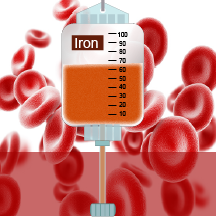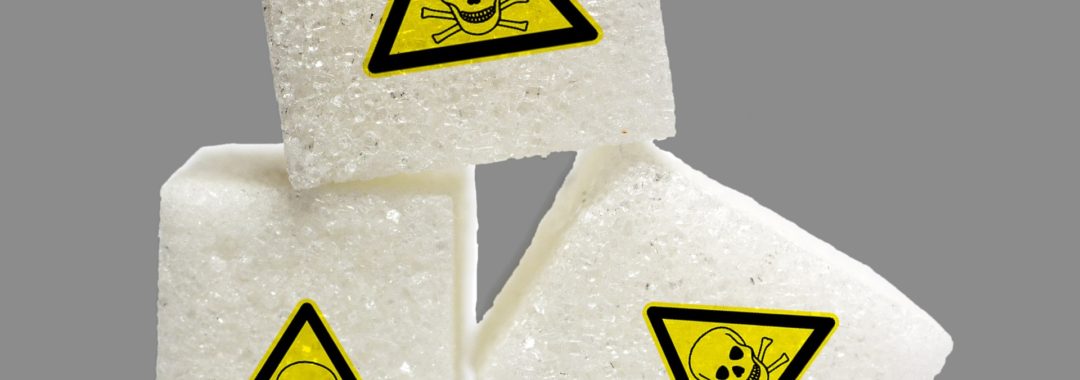Millions of women around the world are told that period pain is normal and then go on to endure years of suffering and even infertility because it. Some women have endured so much pain and been “missed” and “dismissed” by so many healthcare professionals so many times that they have taken their own life because of it. It just should not happen and it needs to stop.
One of the major causes of period pain is Endometriosis, or its sister disease Adenomyosis. This crippling disease can cause period pain, pelvic pain, joint pain, pain with bowel movement, irritable bowel syndrome, pain with ovulation, swollen painful belly (known as endo belly), chronic fatigue, anaemia, heavy painful menstrual flow and can lead to infertility. Some women will quite literally not even be able to work due to debilitating symptoms of this disease.
It is estimated to affect 176 million worldwide and affect one in ten women, but that is only the ones diagnosed, so those figures are grossly understated. The facts around the disease are also grossly understated and poorly understood by many and why so many women are “missed” and “dismissed” by all the so called healthcare professionals they have seen.
The other issue for a significant portion of women with the disease, is that they are asymptomatic (meaning no symptoms) and do not even know that have it. Many of them may never be diagnosed unless they are having problems falling pregnant, and even then many of them are not investigated properly to see if endometriosis is the cause of their long-term struggle to have a baby. It really is disgusting on so many levels. There is no other way to put it.
Of those one in ten women actually diagnosed many of them have taken up to ten years, or more, to be diagnosed and have their disease “missed” and been “dismissed” by multiple healthcare professional during their debilitating journey to find an answer for their sufferings. It is a nightmare of epic proportion for women world wide and the nightmare needs to end and healthcare professionals and everyone else needs to become educated and start listening to women and getting the message out there that “Period Pain IS NOT normal”.
So many women worldwide are suffering from period pain, pelvic pain, pain during sex, or infertility and endometriosis is the first thing that needs to be ruled out.
Young women in particular have trouble convincing people they are having more than just bad period pain. So many young women (and older ones) are told just to “Suck it Up”, or “Deal with it”. Many mothers will even tell their daughters “This is just normal”, or “This is just what happens”, or “I have to put up with this, so you need to as well”, when in fact nothing could be further from the truth. Teenagers are not too young to have the disease and have it diagnosed and investigated either.
Early intervention, diagnosis and management is crucial when it comes to endometriosis. The longer the disease is left, the harder it is to treat and manage, and left untreated can cause a woman years of debilitation and misery in every aspect of her life, years of surgery, years of pain killers and opiates, even after the best medical treatment.
Healthcare providers and women around the world need to know that the longer it takes to diagnose, the longer the disease is there and the more damage it can do inside the body. Some women will have their lives crippled by not having early intervention. Some women have got to the point that they can no longer put up with the disease and being dismissed and have either attempted taking their own life, or have succeeded in doing so. It is just so wrong that women get to this point.
The other issue that women face, once they are diagnosed, is that many of them end up seeing the wrong specialist to do their surgery. While most gynaecologists can do investigative surgery, many of them are ill-equipped to surgically remove the disease and actually do not specialise in the disease, or the excision of the disease properly. Many women are under managed surgically, which then leads to further complications and the need for multiple surgeries later on.
So many women have not seen the right specialist, who has not investigated and managed the disease properly and then left women to deal with the consequences of this inadequacy in their scope of practice.
Women and healthcare providers need to be educated that women who potentially have endometriosis, or have a high likelihood of the disease, need to see an Advanced Trained Laparoscopic Surgeon, who has had extra specialised training in the excision of the disease and who has had extra specialised training in the management and treatment of the disease as well.
Just because someone is a gynaecologist, or specialist, does not mean they are a specialist in the disease. This is also a huge misunderstanding when women require diagnosis and management of the disease and why so many are still left with crippling pain and symptoms, even after medical intervention. Quite simply, they have just seen the wrong person for the job and this also needs to be addressed in education and training around this disease.
The National Institute for Health and Care Excellence (NICE) in England has released the first ever guidance on managing this horrible disease that affects millions of women worldwide. They are hoping it will not only help GP’s and healthcare providers in the UK, but also GP’s and healthcare providers here and around the rest of the world too.
NICE is calling for GP’s in Australia and the rest of the world to stop overlooking symptoms of this disease, such as bad period pain, so that women are not “missed” and “dismissed” for up to a decade or more. NICE are asking for endometriosis to be taken more seriously than it presently is and while that is starting happen here in Australia and the rest of the world, the changes have still been too slow. It really is just not good enough given that so many women are suffering from this debilitating disease worldwide. The Australian government is listening, and much has been achieved, but the action plan has been slow to implement and there needs to be more done. Other countries need to follow suit too.
One of my motto’s is that “Period Pain IS NOT Normal” and I will continue to say this forever and a day and it is great to see national health care bodies like NICE actually backing that up and trying to get healthcare providers to do the same. While others are slow on the uptake, I will never stop in my quest to get women the help they need for this disease and will do my best to stop women being “missed” and “dismissed” and get them the help, care and attention they need and hopefully be a part of one day bringing an end to this debilitating disease.
Let’s hope governments and all healthcare providers finally start listening to the facts about endometriosis too. Let’s end the silence and get this information out there to everyone.
If you do want to find out more about the facts about period pain and this disease, you can visit my webpage, or you can also visit Endometriosis Australia at www.endometriosisaustralia.org.
I have a special interest in the treatment and management of this disease and spend countless hours researching and presenting education to both practitioners and public alike. I also see the consequences of this disease in my practice daily and have been assisting women with endometriosis for many years. I want every woman on the planet to know that Period IS NOT Normal and that there is help out there too.
Take care
Regards
Andrew Orr
-“No Stone Left Unturned”
-“Period Pain IS NOT Normal”
-The Endometriosis Experts













